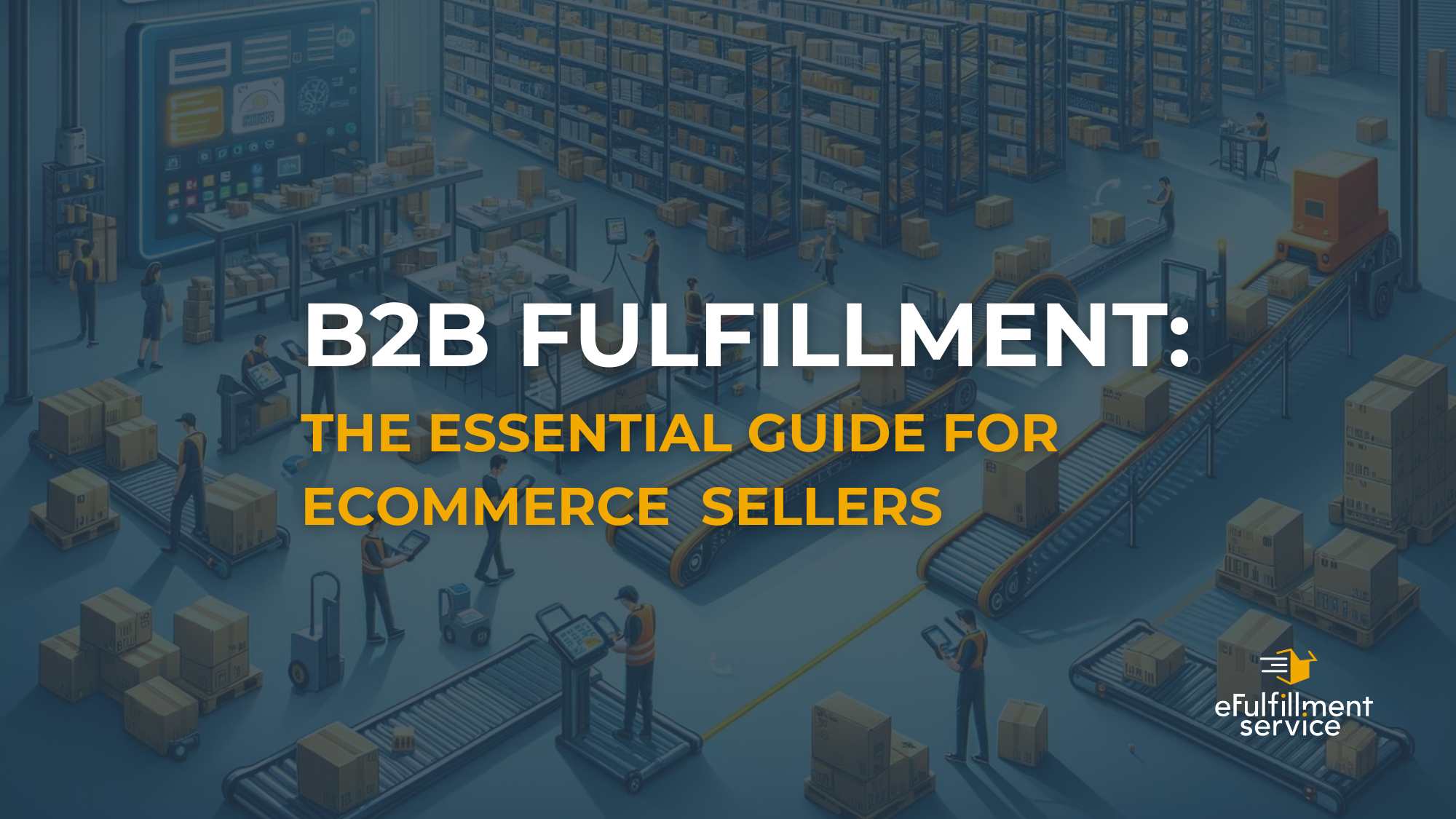
Jump right in: B2B Fulfillment: The Essential Guide for eCommerce Sellers
Welcome to the B2B Fulfillment Guide
B2B fulfillment plays a pivotal role in the seamless execution of transactions between businesses. This intricate process, encompassing everything from order management to delivery, is not just about moving products from point A to point B; it’s about ensuring that these movements happen efficiently, accurately, and in a manner that upholds the business’s reputation and customer satisfaction.
Read on to discover more about what B2B fulfillment is, how it differs from B2C fulfillment, and how outsourcing fulfillment may be the right move for you brand.
What is B2B Fulfillment?:
B2B Fulfillment refers to the process where businesses manage and execute the supply of goods from manufacturers to other businesses, including storage, inventory management, order processing, and shipping, aimed at ensuring timely and efficient delivery of products to meet commercial demand.
Understanding the Distinctions: B2B vs. B2C Fulfillment
The worlds of Business-to-Business (B2B) and Business-to-Consumer (B2C) fulfillment, while sharing common logistical foundations, operate under different dynamics and face unique B2B fulfillment challenges. Understanding these distinctions is crucial for businesses as they craft their fulfillment strategies to cater to their specific target markets. Here’s what sets B2B fulfillment apart from B2C fulfillment:
| Feature | B2B Fulfillment | B2C Fulfillment |
|---|---|---|
| Order Volume and Size | Typically involves larger volumes, requiring complex logistics. | Orders are generally smaller and more straightforward. |
| Complexity of Orders | Orders often more complex with custom requirements and additional documentation. | Simpler orders, with less customization and documentation. |
| Customer Expectations | Stringent requirements, precise delivery windows, and specific packaging needs. | Expectations focus on timely and accurate delivery, with less emphasis on customization. |
| Relationship and SLAs | Ongoing partnerships with negotiated service levels, return policies, and volume discounts. | Often one-off transactions without negotiated terms. |
| Pricing and Payment Terms | Negotiated pricing based on volume and contracts with extended payment terms. | Standard pricing with immediate or short-term payment terms. |
| Regulatory Compliance | Stricter regulatory requirements, especially for cross-border transactions and specific industries. | Generally less complex regulatory requirements. |
| Returns Management | More complex due to the size/nature of orders, requiring a tailored approach to reverse logistics. | Simpler returns process, usually handled through standard customer service channels. |
| Technology and Integration | Benefits from advanced technology solutions and integration with customer procurement systems. | Less dependency on integration with customer systems, though technology plays a key role in efficiency. |
The Process of B2B Fulfillment: A Step-by-Step Overview
B2B fulfillment is a multifaceted process designed to meet the complex requirements of business customers. Understanding the sequential steps involved can help businesses optimize their operations, improve customer satisfaction, and enhance overall efficiency. Here’s a detailed look at the typical B2B fulfillment process:

1. Receiving and Storing Inventory
- Step 1: Goods are received from manufacturers or suppliers at a warehouse or distribution center.
- Step 2: Inventory is inspected for quality and quantity accuracy.
- Step 3: Products are stored in designated locations within the facility, optimized for easy access and efficiency.
2. Order Processing
- Step 4: A B2B purchase order is received from a marketplace or distribution center, detailing the products, quantities, and delivery requirements.
- Step 5: The order is reviewed for accuracy and entered into the inventory management system.
- Step 6: Items are picked from their storage locations by warehouse staff.
3. Order Packing
- Step 7: Products are carefully picked & packed to ensure they arrive in perfect condition. Packing materials are chosen based on the items’ needs and the distance they will travel.
- Step 8: The order is consolidated, ensuring all items are included and securely packaged.
- Step 9: Packing lists and any necessary documentation, such as invoices or custom paperwork, are included with the order.
4. Shipping and Logistics
- Step 10: The packaged order is labeled with shipping information.
- Step 11: Shipping arrangements are made, selecting the best carrier and method based on the delivery requirements and destination.
- Step 12: The order is dispatched, and tracking information is provided to the customer.
5. Delivery and Confirmation
- Step 13: The shipment is transported to the customer’s location, adhering to the agreed-upon delivery schedule.
- Step 14: Upon delivery, the order is inspected by the customer for completeness and condition.
- Step 15: Delivery confirmation is sent to the customer, and any issues are addressed promptly to ensure satisfaction.
6. Returns and Reverse Logistics
- Step 16: In cases where items need to be returned, a return authorization is issued.
- Step 17: The returns process involves returning items to the warehouse, where they are inspected and restocked or disposed of according to their condition.
- Step 18: Adjustments to inventory levels and customer accounts are made to reflect the return.
This step-by-step breakdown showcases the complexity and scope of B2B fulfillment. Each stage is critical to ensuring that business customers receive their orders accurately, on time, and in excellent condition, which in turn supports successful, long-term business relationships.
Want to learn more about B2B eCommerce?
Check out this great video by Trade Gecko that gives some in-depth info on what B2B eCommerce is and if it’s right for your brand.
Key Components of Effective B2B Fulfillment Strategy

An effective B2B fulfillment strategy goes beyond mere logistics; it’s a comprehensive approach designed to optimize the flow of goods from suppliers to businesses or distribution centers, and, in some cases, from businesses to their final customers. This strategy must be robust enough to handle the complexities of B2B transactions, which often involve large order volumes, stringent delivery timelines, and a higher level of customization compared to B2C fulfillment. The goal is to create a seamless, efficient, and cost-effective process that supports the business’s broader objectives, such as expanding market reach, enhancing customer satisfaction, and driving growth.
At its core, an effective B2B fulfillment strategy should address the unique challenges and requirements of the B2B sector, including the need for precise inventory control, flexible order processing, reliable shipping and logistics, exceptional customer service, and the strategic integration of technology. By focusing on these key components, businesses can ensure they are well-positioned to meet the demands of their clients and the market at large.
The Core Components of an Effective B2B fulfillment Strategy Include:
Inventory Management: Maintaining accurate and real-time visibility into inventory levels across all storage locations to ensure products are available when orders are placed. This involves sophisticated tracking systems and processes for stock replenishment, auditing, and forecasting to minimize stockouts and overstock situations.
Order Processing: Streamlining the entire order process from receipt to fulfillment. This includes the efficient handling of purchase orders, accurate order picking and packing, and the timely processing of returns and exchanges, all while maintaining clear communication with the customer.
Shipping and Logistics: Establishing reliable logistics operations that ensure orders are delivered in full, on time, and in a cost-effective manner. This may involve selecting the right shipping partners, optimizing shipping routes, and managing freight costs, all while ensuring compliance with international shipping regulations and customs requirements.
Customer Service: Providing proactive and responsive customer support to address any inquiries, issues, or changes related to orders. Exceptional customer service in B2B fulfillment helps build trust, fosters long-term relationships, and enhances customer loyalty.
Technology Integration: Leveraging the latest in fulfillment technology to automate and optimize operations. This includes the use of warehouse management systems (WMS), inventory management software, and data analytics tools to improve accuracy, efficiency, and decision-making capabilities.
By meticulously addressing each of these components, businesses can develop a B2B fulfillment strategy that not only meets the logistical demands of today but also adapts to the evolving needs of the market and their customers. This strategic approach to fulfillment is essential for any business looking to thrive in the competitive landscape of B2B e-commerce.
Reducing B2B Fulfillment Costs

Reducing B2B fulfillment costs while maintaining or enhancing service quality is a crucial goal for any e-commerce business engaged in B2B transactions. Efficiently managing these costs not only improves your bottom line but also enhances your competitive edge in the market. Here are strategic ways to achieve this:
- Optimizing Inventory Levels: Maintain the right balance of stock to meet demand without overstocking. Utilize inventory management systems to track sales trends and forecast demand more accurately, reducing the costs associated with holding excess inventory.
- Leveraging Shipping Solutions: Partner with multiple carriers to ensure competitive shipping rates and services. Consider consolidating shipments and utilizing regional carriers for shorter routes to lower shipping costs. Implementing a shipping management system can help compare rates and services in real time, ensuring the most cost-effective options are selected.
- Automating Order Processing: Streamline the order processing system with automation to reduce manual errors and labor costs. Automated systems can rapidly process orders, manage inventory, update customer information, and generate shipping labels, leading to faster turnaround times and lower operational expenses.
Case Study: PUMA’s Strategic Partnership with a 3PL

A compelling example of how strategic partnerships can significantly reduce fulfillment costs and enhance efficiency is PUMA’s collaboration with a third-party logistics (3PL) provider. Facing challenges with its rapidly increasing e-commerce business in North America, PUMA found itself outgrowing its existing distribution capabilities. The surge in online orders was pushing the limits of their fulfillment operations, leading to increased cycle times and strained capacity.
To address these challenges, PUMA entered into a strategic partnership with a 3PL to plan, strategize, and integrate a new fulfillment facility in Indianapolis, Indiana. This new facility was not only strategically located to optimize shipping routes across North America but was also equipped with an automated warehouse system designed to streamline the entire order fulfillment process.
Key outcomes of PUMA’s partnership with the 3PL included:
- Decreased Order Cycle Time: By optimizing warehouse operations and leveraging the 3PL’s advanced logistics technologies, PUMA was able to significantly reduce the time from order receipt to shipment, improving customer satisfaction.
- Expanded Reach and Capacity: The strategic location of the new facility allowed PUMA to more efficiently serve its North American market, while the enhanced capacity supported the company’s growth and scalability.
- Cost Reduction: Through more efficient inventory management and the automation of warehouse processes, PUMA realized significant savings in both operational and shipping costs.
PUMA’s experience underscores the importance of strategic partnerships and the integration of technology in reducing fulfillment costs. By outsourcing to a 3PL experienced in handling the complexities of e-commerce fulfillment, PUMA was able to not only address its immediate challenges but also position itself for future growth. This case study illustrates that with the right strategies and partnerships, businesses can effectively manage their fulfillment operations to reduce costs, improve efficiency, and enhance customer satisfaction.
Selecting a B2B Logistics Partner
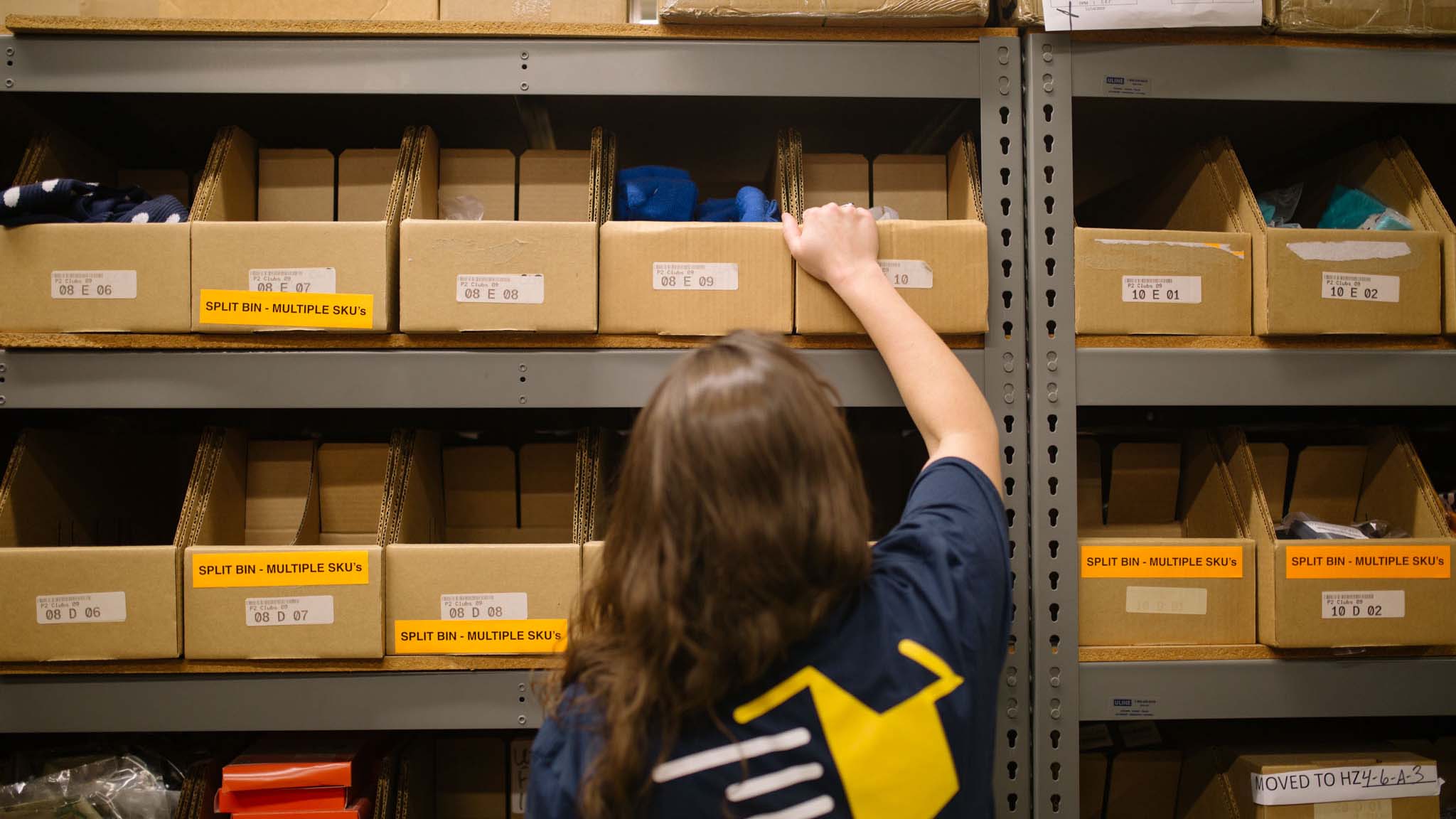
Choosing the right logistics partner is a critical decision for any e-commerce business, especially in the B2B sector where the complexity and scale of operations can significantly impact your success. The ideal logistics partner not only becomes an extension of your business but also plays a pivotal role in enhancing your operational efficiency, customer satisfaction, and overall competitiveness. When evaluating potential logistics partners, consider the following essential factors:
- Expertise: Your logistics partner should have a solid track record and expertise in your specific industry or market segment. This ensures they understand the unique challenges and requirements of your business, from regulatory compliance to handling specialized goods.
- Technological Capabilities: In today’s fast-paced e-commerce environment, leveraging technology for efficiency and visibility is non-negotiable. Look for a partner with advanced technology platforms that offer real-time tracking, inventory management, and data analytics capabilities.
- Scalability: As your business grows, your logistics needs will evolve. Your chosen partner should be able to scale operations up or down based on your business cycles, helping you manage costs more effectively while still meeting demand.
- Customer Service: The level of customer service your logistics partner provides can significantly impact your brand reputation and customer loyalty. Ensure your partner has a proven track record of responsive and proactive customer support.
| Factor | Description | Why It Matters |
|---|---|---|
| Industry Expertise | Experience and knowledge in handling the specific needs of your industry or product type. | Ensures the partner can navigate industry-specific challenges, enhancing reliability and efficiency. |
| Technological Capabilities | Access to and use of advanced logistics technology for tracking, inventory management, and analytics. | Provides visibility and control over your supply chain, enabling better decision-making and efficiency. |
| Scalability | Ability to adapt to your business's changing needs, whether it's rapid growth or seasonal fluctuations. | Allows your logistics operations to grow with your business without compromising service or efficiency. |
| Customer Service | Quality of support provided to address issues, manage exceptions, and maintain clear communication. | Directly impacts your brand's reputation and customer satisfaction levels. |
| Financial Stability | The financial health and sustainability of the logistics partner. | Ensures the longevity and reliability of the partnership, reducing the risk of disruptions. |
| Global Reach | The partner's ability to manage logistics and fulfillment across different regions and international borders. | Essential for businesses looking to expand globally, ensuring seamless international logistics. |
| Compliance Expertise | Knowledge of and compliance with industry regulations, customs, and international trade laws. | Critical for avoiding legal issues and ensuring smooth operation of cross-border shipments. |
| Sustainability Practices | Commitment to environmentally friendly operations and sustainability practices. | Aligns with increasing consumer and business demand for sustainability in the supply chain. |
Choosing the right logistics partner involves a careful evaluation of these factors to ensure that the partnership will support and enhance your business objectives. It’s about finding a provider that not only meets your current needs but can also grow and adapt with your business over time.
Ship B2B Orders Effortlessly!
Ensuring Fast B2B Delivery Times

Ensuring fast delivery times in B2B fulfillment is crucial for maintaining customer satisfaction and staying competitive in the e-commerce landscape. Here are strategies that businesses can implement to improve their delivery times:
- Strategic Warehouse Locations: Positioning warehouses or distribution centers in close proximity to your major customer bases reduces transit times. Analyzing your order history can help identify optimal locations that serve the majority of your clients efficiently.
- Real-time Inventory Tracking: Implementing systems that provide real-time visibility into your inventory levels across all locations enables quicker response times to order requests. This ensures that products are readily available for shipping, minimizing delays.
- Efficient Packing and Shipping Methods: Streamlining the packing process with standardized procedures and materials can significantly reduce the time between order receipt and dispatch. Additionally, exploring various shipping methods and carriers for the most efficient delivery options based on destination can expedite transit times.
- Collaborative Planning with Suppliers: Maintaining a strong collaboration with suppliers ensures that inventory is replenished in a timely manner, preventing stockouts that could delay order fulfillment.
An Apparel Client’s Success with a 3PL Provider

An apparel client’s partnership with a third-party logistics (3PL) provider is a testament to how effective logistics solutions can enhance customer satisfaction through improved inventory management and faster delivery times. Facing challenges with managing inventory across a vast network of suppliers and distribution centers, the apparel client turned to a 3PL provider that offered sophisticated inventory management solutions and a robust distribution network.
This strategic partnership allowed the apparel client to:
- Improve Inventory Visibility: The 3PL provider implemented advanced tracking and management systems, giving them real-time access to inventory levels and movement across all locations.
- Optimize Distribution: By leveraging the 3PL’s extensive distribution network, they were able to position their products closer to their customer base, significantly reducing delivery times.
- Enhance Customer Satisfaction: The combination of improved inventory management and faster delivery times led to higher customer satisfaction rates, as clients received their orders more quickly and with greater accuracy.
This apparel brand’s experience highlights the impact of strategic partnerships and the use of technology in achieving efficient B2B fulfillment operations. By focusing on these key areas, businesses can ensure they meet and exceed the delivery expectations of their clients and customers.
Regulatory Challenges and Compliance Issues
In B2B e-commerce, navigating regulatory challenges and compliance issues is essential for sustaining operations and fostering trust among business partners. These challenges often encompass sustainability, product safety, and ethical labor practices, requiring businesses to stay informed and agile in their compliance strategies.
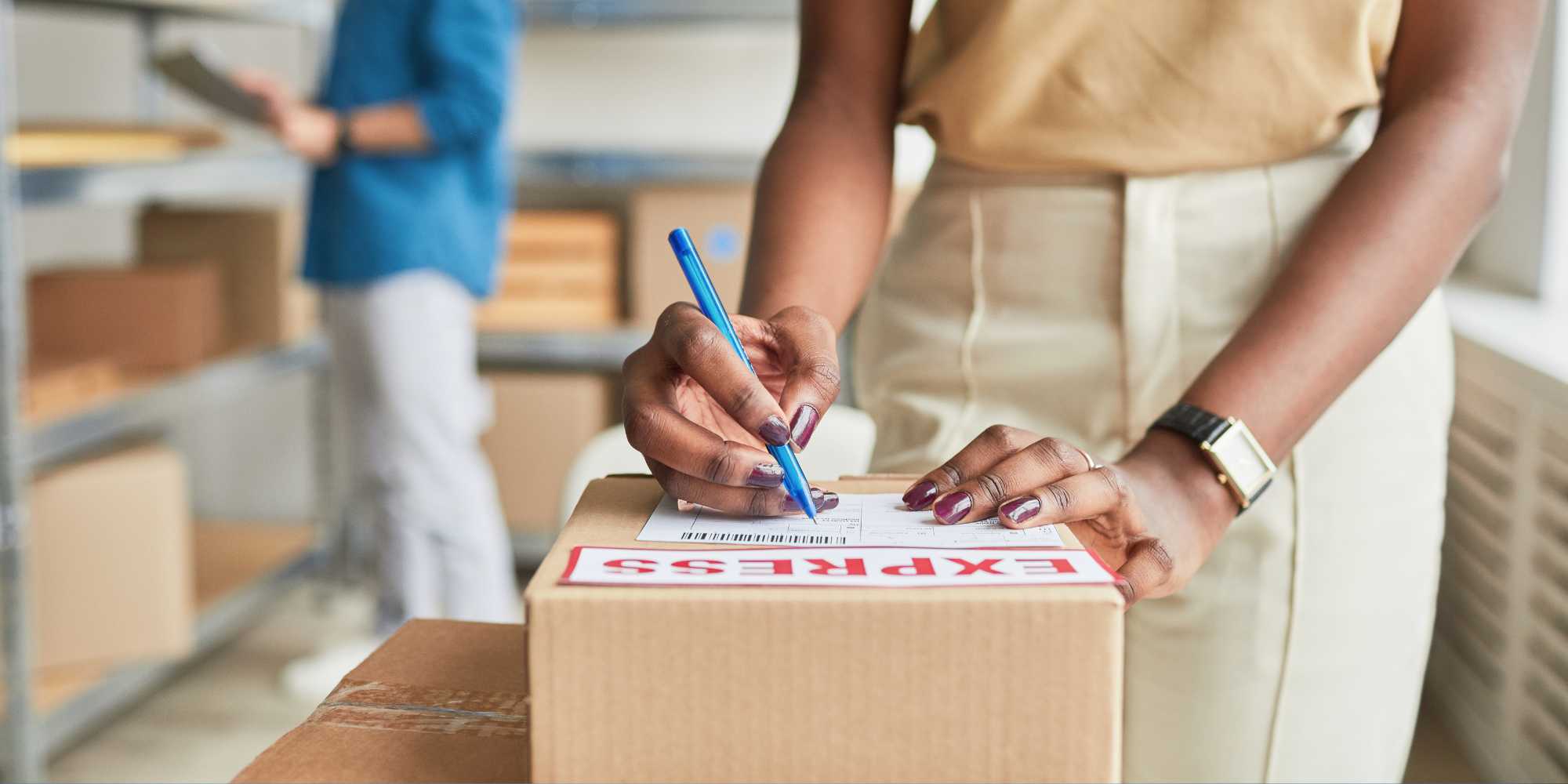
Key compliance areas include:
- Sustainability: Companies are increasingly held accountable for their environmental impact, necessitating adherence to regulations concerning waste management, carbon emissions, and sustainable sourcing practices.
- Product Safety: Ensuring products meet safety standards specific to their industry and the markets they are sold in is crucial. This can include everything from material composition to electronic device regulations.
- Ethical Labor Practices: Compliance with labor laws and ethical standards, including those related to worker rights, wages, and working conditions, is vital for companies to maintain their reputations and avoid legal penalties.
- Labeling: Accurate product labeling, including ingredients, usage instructions, and safety warnings, is required to meet various international standards and consumer protection laws.
- Cross-Border Fulfillment: Navigating customs regulations, import/export restrictions, and international trade agreements is essential for seamless cross-border transactions and fulfillment.
- Textile Production Regulations: For businesses in the apparel and home goods sectors, compliance with textile regulations—including those related to fabric content, care instructions, and country of origin labeling—is mandatory.
Conclusion
The intricate landscape of B2B e-commerce demands a robust and comprehensive fulfillment strategy, integral for navigating the complexities of modern commerce and achieving sustained business growth. Effective B2B fulfillment is not merely about logistical efficiency; it encompasses a strategic framework that addresses inventory management, shipping logistics, regulatory compliance. Leveraging strategic warehouse locations, technology integrations, and partnerships with experienced logistics providers can significantly enhance operational efficiency, reduce costs, and improve customer satisfaction.
For businesses looking to thrive in the competitive B2B marketplace, the adoption of a well-rounded fulfillment strategy it’s essential. The strategies discussed above provide a foundational blueprint for enhancing your fulfillment operations.
Next Steps
Whether you’re refining existing operations or building your fulfillment strategy from the ground up, the principles outlined here can serve as a guide for improved efficiency, customer satisfaction, and business growth.
To further your journey, explore additional resources and seek out professional services that can offer tailored advice and solutions for your specific challenges:
Further Resources and Professional Services
- eFulfillment Service: A leading provider of fulfillment services tailored for small to medium-sized businesses, offering inventory management, order processing, and shipping solutions that can adapt to your growing needs.
- Council of Supply Chain Management Professionals (CSCMP): A global association providing networking, career development, and educational opportunities in the supply chain management field.
- Supply Chain Dive: An online publication offering news and analysis on the latest trends and insights in supply chain management and logistics.
By embracing a comprehensive approach to B2B fulfillment and continuously seeking out knowledge and professional expertise, businesses can navigate the complexities of the e-commerce landscape with confidence.
FAQs: B2B Fulfillment
What is the difference between B2B and B2C fulfillment?
B2B (Business-to-Business) fulfillment involves the sale and distribution of goods from one business to another, such as a manufacturer to a retailer or wholesaler. These transactions typically involve larger quantities, more complex logistics, and often, customized products tailored to the needs of the business customer.
B2C (Business-to-Consumer) fulfillment, on the other hand, involves selling products directly to the end consumer. These orders are usually smaller, involve less complexity in logistics, and the products are designed for general consumer use without customization.
What does B2B mean in shipping?
In shipping, B2B refers to the transportation and delivery of goods from one business to another. This process often involves bulk shipments, palletized goods, and may require specialized handling, delivery scheduling, and storage solutions. The focus is on efficiency, cost-effectiveness, and meeting the specific requirements of the receiving business.
What does B2B mean in warehouse?
In a warehouse context, B2B refers to the storage, management, and processing of goods that will be sold from one business to another. This entails bulk storage solutions, inventory management tailored to business clients, and operations that support large-scale order fulfillment, including picking, packing, and shipping large orders.
What does B2B stand for?
B2B stands for Business-to-Business. It denotes transactions, services, or products designed specifically for transactions between businesses, rather than businesses and individual consumers.
Is Amazon B2B or B2C or both?
Amazon operates in both B2B and B2C capacities. Its B2C segment is more widely recognized, with Amazon.com catering to individual consumers. Meanwhile, Amazon Business serves as its B2B arm, offering business customers bulk buying options, business pricing, and other features tailored to the needs of businesses.
Does B2B make more money than B2C?
The profitability of B2B versus B2C can vary significantly depending on the industry, market conditions, and business model. B2B transactions often involve larger order volumes and longer-term contracts, which can lead to higher revenues and potentially more stable income streams. However, B2C markets can achieve substantial profitability through volume sales, brand loyalty, and consumer marketing. The key to success in either domain lies in understanding your customer base, optimizing your supply chain, and effectively managing your operations and marketing efforts.

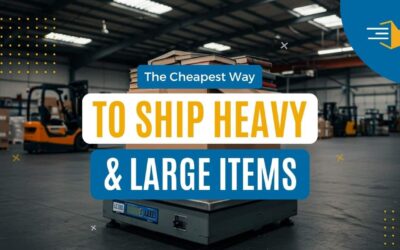

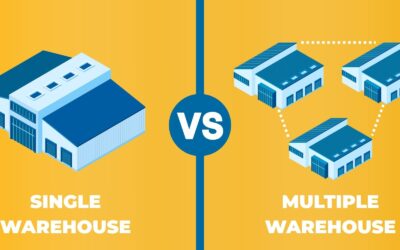
0 Comments